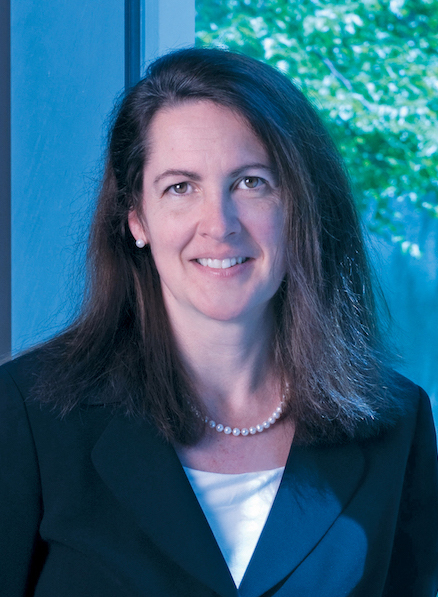Geometric Strategies for Directed Assembly of Colloids in Soft Matter
Kathleen Stebe
University of Pennsylvania
3:30pm - April 19, 2018 - ETLC 1-001
Abstract:
Assembly of small components to make organized super-structures or reconfigurable entities pervade science and engineering. In self-assembly, weak, order k B T interactions between molecules or colloids are exploited, typically to form close-packed superstructures. In directed assembly, external fields are applied to drive structure formation. We take a different approach to directed assembly. We define and exploit energy landscapes in confined soft matter hosts by controlling their shape and boundary conditions. Colloids placed in these hosts create deformations that cost energy. Since these deformations decay over distances similar to the particles, there is an energy field around the particle. This field depends on the energy landscape in the host, which is shaped by confinement. Particles migrate and assemble guided by this dependence with remarkable fidelity. This phenomenon is remarkably rich and reveals new physics of interaction. We discuss three examples: capillary interactions between microparticles on curved fluid interfaces, colloids on curved lipid bilayer vesicles and particles in confined nematic liquid crystals.
Biography:
 Kate's primary research interests are in non-equilibrium interfaces, with applications ranging from microfluidics to nanotechnology. One aspect of her research program focuses on interfaces between fluids and how surfactants can be used to influence interfacial flows. Other aspects address tailoring of solid-liquid interfaces with applications ranging from patterned electrodeposition to capillary-driven assembly and ordering of nanomaterials.
Kate's primary research interests are in non-equilibrium interfaces, with applications ranging from microfluidics to nanotechnology. One aspect of her research program focuses on interfaces between fluids and how surfactants can be used to influence interfacial flows. Other aspects address tailoring of solid-liquid interfaces with applications ranging from patterned electrodeposition to capillary-driven assembly and ordering of nanomaterials.